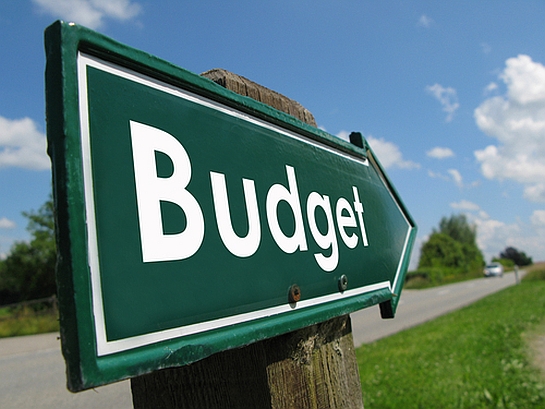Managing your finances effectively is crucial for achieving financial stability and reaching your financial goals. One of the most powerful tools at your disposal is budgeting, which helps you track your income, expenses, and savings. While creating a budget is essential, manually managing it can be time-consuming and prone to errors. Fortunately, automation can streamline this process and make it easier to stay on top of your financial game.
You can automate your budget with ten simple steps.
Step 1: Gather Your Financial Information
Before you can automate your budget, you need a clear picture of your financial situation. Collect information about your income, expenses, debts, and savings. This includes your monthly salary, bills, loan payments, credit card statements, and any other financial commitments.
Step 2: Choose the Right Tools
There are numerous budgeting apps and software available, and selecting the right one is crucial. Some popular options include Mint, YNAB (You Need A Budget), Personal Capital, and Quicken. Each of these tools offers unique features and integrations, so take some time to research and choose the one that best suits your needs.
Step 3: Set Up Your Budget Categories
Once you’ve chosen your budgeting tool, it’s time to create your budget categories. Common categories include housing, utilities, groceries, transportation, entertainment, savings, and debt payments. Customize these categories to match your specific expenses.
Step 4: Link Your Accounts
Many budgeting tools allow you to link your bank, credit card, and investment accounts. By doing this, your transactions will automatically sync with your budgeting software, reducing the need for manual data entry. Ensure that your financial information is secure and encrypted when linking your accounts.
Step 5: Create a Budget Plan
With your categories and linked accounts in place, it’s time to create your budget plan. Allocate specific amounts to each category based on your income and financial goals. Automation can help ensure that you stick to these allocations by providing real-time updates on your spending.
Step 6: Set Up Alerts and Notifications
Most budgeting apps offer alert features that can notify you when you approach your budget limits or when unusual transactions occur. Configure these alerts to keep you informed and help prevent overspending.
Step 7: Schedule Bill Payments
Automate your bill payments to avoid late fees and missed payments. Most utility companies and creditors offer automatic payment options. By scheduling these payments, you ensure that your essential bills are paid on time, without having to remember due dates.
Step 8: Automate Savings and Investments
To build wealth and achieve financial goals, automate your savings and investments. Set up recurring transfers from your checking account to your savings account or investment portfolio. Automating these processes ensures that you consistently contribute to your financial future.
Step 9: Monitor and Adjust
Automation doesn’t mean you can set it and forget it. Regularly review your budget and financial reports provided by your chosen tool. Make adjustments as needed, especially if your income or expenses change. Stay proactive in managing your finances.
Step 10: Practice Responsible Spending
Automation can take care of many financial tasks, but it’s essential to maintain responsible spending habits. Avoid the temptation to overspend just because your budgeting tool is tracking your expenses. Stick to your budget and financial goals.
Just following these 10 steps can have you well on the way to automate your budget.




Awesome post! Thanks for sharing this guide in automating the budget! Very informative!